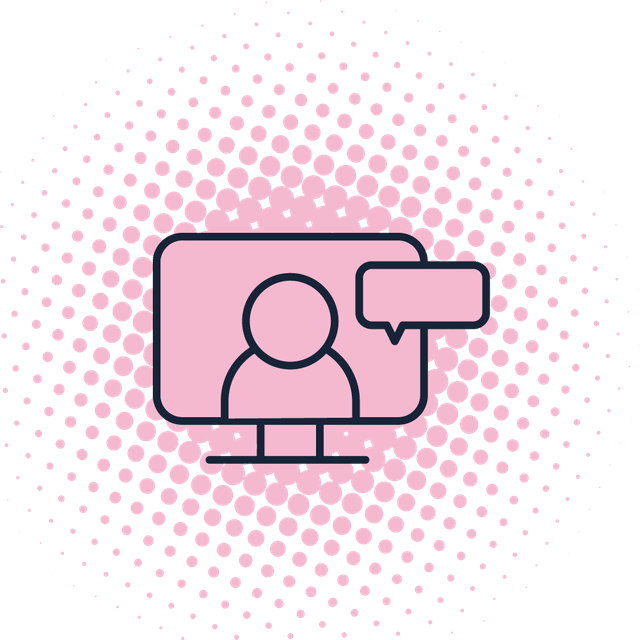Healthcare Hot Takes is Luma Health’s monthly rundown of healthcare innovations happening right now. Check out what the industry is thinking, reading, doing. This month’s main topic is Amazon mining patient health records.
Amazon recently announced that it will be selling software that combs through patient health records to identify information that could help improve treatments and cut costs. Known as Amazon Comprehend Medical, the software will utilize machine learning and natural language processing to ID key data points from the EHR that can help physicians make more informed decisions about their patient’s care.
To use the software, healthcare users would first upload patient health records to Amazon’s cloud service, Amazon Web Services (AWS), where the text-processing software would be run. Then Amazon Comprehend Medical will produce an organized spreadsheet detailing diagnoses, treatments, dosage, etc.
Amazon hopes that the insights gained from this software can help large healthcare organizations with clinical decision support, revenue cycle management, and population health initiatives. It also hopes to reduce the burden on clerical workers having to manually look through physician notes in the patient chart.
Luma Health’s Hot Take: Amazon strikes again in healthcare! While they have utilized deep learning in other sectors of their business to great effect, this is the first time they are looking at incorporating it into healthcare. At the least, accelerating access to better insights into a patient’s health record and driving better patient care through that data is an exciting proposition.

If you’re looking to improve your telehealth offering, this on-demand webinar shares some best practices.
Previous hot takes have focused on the emergence of telehealth, specifically the state laws requiring health insurance coverage and payments for virtual care and virtual care providers. However, what may be surprising is that despite all this, telehealth adoption is still relatively uncommon, particularly in rural America.
According to a recent report published in the Journal of American Medicine, telehealth is only being utilized by a small percentage of commercially insured Americans under a specific large, private U.S. health plan. In addition, most telehealth services are used by those who live in an urban setting, even though it has been thought to carry the most value for rural populations.
While telemedicine visits have grown in number from 2005 until now, the increase from year to year has not been substantial since a large increase in 2015. What is interesting is that early on, telehealth was mainly used for virtual behavioral health services, but recently virtual primary care visits have become the most frequently used form of telemedicine.
Luma’s Hot Take: We have mainly focused on stories that detail the rise of telehealth and virtual care, so it’s surprising to see that adoption is not as smooth as we once thought. It will be interesting to see how this changes as more companies like American Well and Teladoc team up with commercial insurers to provide convenient telehealth access to their plan members.
Patients can now fill their prescriptions with next-day delivery from Walgreens and FedEx. Taking advantage of both Walgreens’ vast network of neighborhood pharmacy locations and FedEx’s air and ground delivery operations, this partnership will be the most convenient and quickest way for consumers to directly fill and receive their prescriptions.
How does it work? Patients that are opted into text notifications from Walgreens will receive alerts when their prescriptions are ready. Using their mobile devices, patients can then choose to pick up those prescriptions at their local Walgreens pharmacy or have it delivered to their home as early as next day for a flat $4.99 fee nationwide. Currently, same-day delivery is only available in select markets but will be expanded next year.
“Walgreens is driven by a desire to make healthcare accessible all across the thousands of communities we serve. Next-day prescription home delivery is another convenience-driver, alongside our industry-leading number of extended hours pharmacies and one of the most downloaded digital apps in the category, designed to put care in the hands of our patients.
“This expansion of our alliance with FedEx illustrates our commitment to making filling prescriptions as fast and easy as possible.”
Richard Ashworth, Walgreens President of Operations
Luma’s Hot Take: Walgreens is doubling down on convenience and comfort for patients. The introduction of walk-in clinics in its many neighborhood locations throughout the nation really emphasized their focus on universal patient access. Now, teaming up with FedEx on same-day and next-day prescription delivery is solidifying them as a major player in America’s increasingly consumer-driven healthcare industry.






